by Simone Kaplan
Congratulations on making it to Day 30 of Storystorm!
If you have successfully completed the challenge, you will have about 30 ideas, maybe more.
That’s an ample collection of ideas.
A collection so large that it’s easy to become overwhelmed and unsure of what to focus on next.
I’d like to offer a clear set of steps to help you go from confusion to clarity.
To help you…
- Get a handle on your ideas
- Develop a manageable shortlist
- Decide which idea to work on first
- Explore your idea
- Get your idea out of your head and onto the page
…and maintain momentum going forward.
These are things that I’ve learned by working with hundreds of writers, both experienced best-selling ones and newbies. Because, while everybody has their own individual way of getting to a final manuscript, there are some steps that are the same for everyone.
Are you ready?
Here goes:
STEP 1—Organize
Your first step is to organize/collect your ideas so that you can look at them and evaluate them in a strategic way.
It’s crucial to have a place where you collect and record your ideas.
I would suggest creating a document which you title either “Ideas” or “Storystorm 2024”.
Then list all these ideas.
You’re doing this for two reasons.
First, because ideas are elusive and, as you go through your days and weeks, they tend to dissolve and scatter and disappear.
Having a place where you have them all together means that you can go back and add more ideas as they occur to you, add details to the ideas as you have a new insight, or mine the list at a later date for more manuscript ideas.
The second is because having a list will make it possible for you to look at all your ideas at one time and make strategic decisions.
Your list can be as simple as a word or theme: Anxiety
A title: Fred’s Frisbee
or
A sentence: Beebee’s Doll—a story about how a child and a dog share a doll.
or
An idea: Overcoming fear of swimming.
The list can be as long or as short as you would like it to be.
And you can go into as much or as little detail as you would like.
Make sure though that you have enough context so that when you go back to work on the piece you remember why the idea appealed to you in the first place.
Now that you have a somewhat organized list, you are ready to move onto the next step, which is:
STEP 2—Sift
Your second step involves shortening the list to a manageable number.
Given the fact that you can’t write all 30 manuscripts at the same time, you’re going to have to make some decisions.
This is where it starts to feel like you’re panning for diamonds. Not all ideas are diamonds. Some are mere gravel, some are cubic zirconia which sparkle initially but then turn out to lack value, some are semi-precious stones that could become something special, and some are diamonds, which could become gorgeous and amazing.
When you pan for diamonds, you collect a whole bunch of stones in a sifting screen. The fine mesh screen helps sift through dirt quickly, enables you to examine the contents easily, and increases the possibility that you’ll find something precious.
You need to develop the literary equivalent of a sifting screen! A tool to help you look at the contents of your idea pan with interest and discernment.
Here’s the tool, and fortunately, you don’t need mesh and screwdrivers and metal. You have everything you need to move forward.
Start by getting quiet and focused. Close your eyes, place your hands over your solar plexus, and watch your breath for about 30 seconds.
Then read through your list with intention and care. Make a note of (or place a checkmark next to) any idea that seems to call to you. You’re not looking for fireworks—although if something jumps out and is clearly your next idea, that’s great! What you’re looking for are the ideas that seem to sparkle, that have a kind of juiciness, that intrigue you, not because you know where they’re going or what they’re going to be about, but because you want to find out what they might be about.
Be curious and open-minded.
If something that makes you happy or gives you a little charge when you see it on the page, that’s an idea to mark.
Your list should now be considerably shorter and it’s time to move on to Step 3.
STEP 3—Select
It’s time to commit to one idea.
You now have a short list of ideas that appeal to you.
How do you decide which idea to work on first?
You might be looking for the best idea.
But the ‘best idea’ is a myth.
Because you can’t know if an idea is ‘the best’ or even ‘good’ until you begin to work on it.
Just like diamond cutters don’t know whether a diamond is going to be suited for gem or industrial use until they start to cut it and see what flaws or inclusions it contains, you can’t know if your idea is good until you actually do the work of developing your manuscript.
So here’s what in my experience is a helpful truth:
- It doesn’t matter which you work on next.
- Don’t spend forever trying to make the ‘best’ decision.
- Pick something. Anything. Some place to begin.
If you need more advice here it is:
Look at the list again with an open mind and an open heart.
Is there anything there that particularly calls to you?
If it does, start there—move to Step 4.
If not, use one of these scientifically validated methods:
- Number your choices.
- Write down each number on a separate piece of paper.
- Crumple them up.
- Close your eyes and pick a piece of paper.
- That’s the idea you’re going to work on.
- You can also do this by rolling a dice if you have one.
or…
- Place your list in front of you.
- Aim a pencil or pen at the list.
- Close your eyes and place the point on the paper.
- Wherever it lands is the first project.
Because here’s the important thing about where you start: It’s not the idea that matters, it’s the execution.
At some point you might want to explore all the ideas on your list.
And you don’t have to work on only one idea at a time.
You can take an idea as far as it’ll go then start with another one, while the first one rests quietly in your subconscious. Percolating and working itself out. You can always come back to an idea.
The next step is the first in developing your idea.
STEP 4—Explore
Here’s where you figure out what your unique contribution could be.
Great!
Now you have the idea you’re going to work on next, you’re ready to mine it for magic. Because your job as a picture book writer is to create something fresh and original. You do that by writing the book that only you can write.
And you find that out by using a technique called ‘freewriting’ or ‘stream of consciousness writing’ or ‘brainstorm writing.’ It’s a time-honored way to bypass your conscious mind and access the creative, rich unconscious. To engage with your idea in the hopes that it will reveal secrets and blossom.
So, give your idea some love and attention and see what happens. Here’s how to do it.
Set a timer for 10–12 minutes and, starting with: I want to explore the idea of … just write.
Without stopping, without lifting your hands off the keyboard, without pausing or staring into space. If an unrelated thought pops into your mind, write that down. I forgot to buy laundry detergent, or I’d rather write another manuscript, or I hate this! Then go back to the idea that you’re exploring. Don’t worry about grammar or logic or making sense. Just write until the timer goes off.
And then stop.
You might want to read what you’ve written right away; you might want to wait a while. Do what feels right to you and what aligns with your writing process. When you’re ready, read what you’ve done. You should have a slightly more developed sense about what aspects and elements of the idea are important to you. You might have characters or bits of dialog, ideas for plot or structure. Or you might have come up with other aspects you want to explore.
Do as many freewriting sessions as you need or want to get you to a place where you feel comfortable with what you’re writing about.
Then move on to the next step.
 STEP 5—Spread it!
STEP 5—Spread it!
Lean into the picture book format.
It’s time to figure out the shape of your manuscript: what your beginning, middle, and end might look like, and to see which elements you have and which you might still need to develop.
It’s time to spread it! Spreading is the process that unlocks the underlying structure of a picture book and helps you scaffold your story. It’s a little bit like doing an outline but more effective and not quite as restrictive.
Spreading is where you take everything you know about plotting and planning, and you slot it into the 32-page/14-spread picture book structure.
If you’re working with a three-act narrative, you know you have approximately—
- 3 spreads for the beginning or set up.
- 8 spreads for the middle or development.
- 3 spreads for the ending or resolution.
Each spread functions like a unit of aesthetic experience that invites the reader to turn the page to get to the next one.
On each spread, character develops, plot advances, or something gets explored.
All you need to do is to write down one sentence per spread.
Thinking of your manuscript in this way will help you get a grip on what’s working, what might not be serving your story, and which elements you might still need and make the necessary adjustments before you actually start to write the book.
For more information about this process, please see my free downloadable e-book about the 14-spread framework. To access it, you can go here.
Moving Forward and Maintaining Momentum
Your idea is no longer a sparkly, nebulous thing. You have a sense of what it’s about. You also have a sense of where it’s going and how to get there.
Great!
Keep going with the idea and take it as far as you can. When you feel you can go no further, put the manuscript in a safe place like a drawer or a file on your computer called “The Drawer,” a place where you keep manuscripts in process. Let it rest there until you are ready to look at it again.
While some do, not all manuscripts go from idea to finished in one streak. You might need to let your work percolate.
When you’re ready to tackle it again, you can open the folder and pick up where you left off. You will probably find that the manuscript looks different, and that you can bring a different perspective to it.
Until then, you can return to your shortlist and repeat the process with as many ideas as call to you. One at a time.
One idea at a time. One manuscript at a time.
That’s how you write better books and build a body of work.
Onward!

Simone Kaplan is giving away a free e-book on how to use the structure of a picture book—a process she calls Spreading—to scaffold your writing process to all Storystorm participants. You can sign up for it at https://picturebookpeople.com/spreading-process-and-template/. It’ll be delivered to your inbox as soon as you sign up.
She’s also giving a one-hour critique session to one participant. The session will offer a deep dive into their work and will provide personalized individual feedback and guidance to help elevate their understanding of craft.
You’re eligible to win the session if you’re a registered Storystorm 2024 participant and you have commented only once on today’s blog post.
Prizes will be distributed at the conclusion of Storystorm.

 Simone Kaplan is a picture book editor, coach, and publishing consultant who has decades of experience helping authors polish their work, and an in-depth understanding of the world of picture book publishing. She shares her expertise with individuals, through critiques, offers weekly prompts, and classes and group programs to help authors write the best picture books they can. You can find her at PictureBookPeople.com.
Simone Kaplan is a picture book editor, coach, and publishing consultant who has decades of experience helping authors polish their work, and an in-depth understanding of the world of picture book publishing. She shares her expertise with individuals, through critiques, offers weekly prompts, and classes and group programs to help authors write the best picture books they can. You can find her at PictureBookPeople.com.
![]()



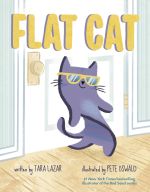 Flat Cat was born flat. He wasn’t squashed by an out-of-control ice cream truck, or smushed in a waffle iron. He was just flat. This slick, sly cat could stray and roam anywhere he pleased, keen and unseen. And wouldn’t you know it, Flat Cat liked it just like that.
Flat Cat was born flat. He wasn’t squashed by an out-of-control ice cream truck, or smushed in a waffle iron. He was just flat. This slick, sly cat could stray and roam anywhere he pleased, keen and unseen. And wouldn’t you know it, Flat Cat liked it just like that.







 Simone Kaplan is a picture book editor, coach, and publishing consultant who has decades of experience helping authors polish their work, and an in-depth understanding of the world of picture book publishing. She shares her expertise with individuals, through critiques, offers weekly prompts, and classes and group programs to help authors write the best picture books they can. You can find her at
Simone Kaplan is a picture book editor, coach, and publishing consultant who has decades of experience helping authors polish their work, and an in-depth understanding of the world of picture book publishing. She shares her expertise with individuals, through critiques, offers weekly prompts, and classes and group programs to help authors write the best picture books they can. You can find her at 

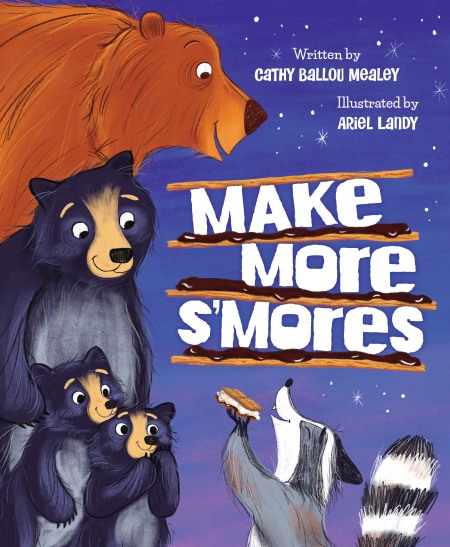
 Cathy Ballou Mealey is eternally grateful to those who post book reviews! She is the author of MAKE MORE S’MORES, illustrated by Ariel Landy (Sleeping Bear Books, 2023) SLOTH & SQUIRREL IN A PICKLE illustrated by Kelly Collier (Kids Can Press, 2021) and WHEN A TREE GROWS illustrated by Kasia Nowowiejska (Union Square, 2019). Visit her website on most social media platforms
Cathy Ballou Mealey is eternally grateful to those who post book reviews! She is the author of MAKE MORE S’MORES, illustrated by Ariel Landy (Sleeping Bear Books, 2023) SLOTH & SQUIRREL IN A PICKLE illustrated by Kelly Collier (Kids Can Press, 2021) and WHEN A TREE GROWS illustrated by Kasia Nowowiejska (Union Square, 2019). Visit her website on most social media platforms 














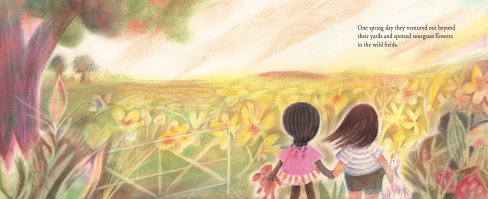


 Hope Lim is a children’s book author from South Korea and now lives in San Francisco with her family. When she is out on her daily run, she finds quiet moments to connect with nature and her story ideas.
Hope Lim is a children’s book author from South Korea and now lives in San Francisco with her family. When she is out on her daily run, she finds quiet moments to connect with nature and her story ideas.
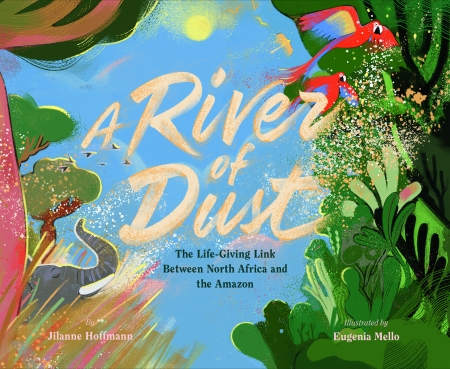
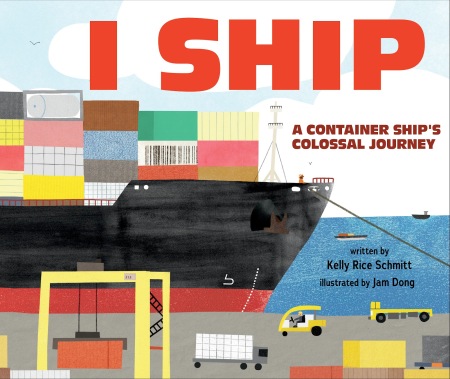


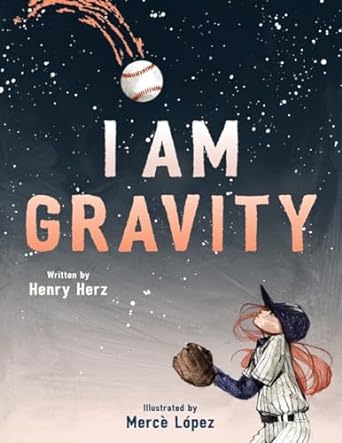
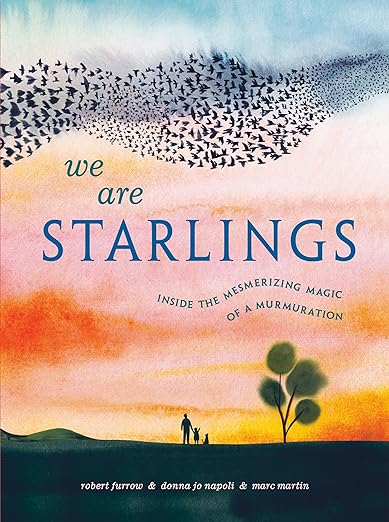
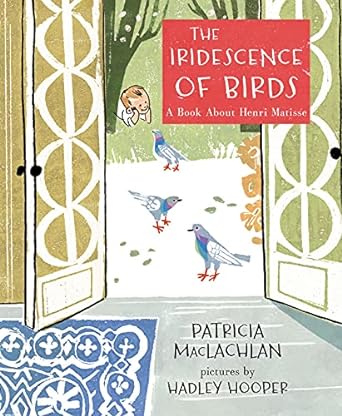

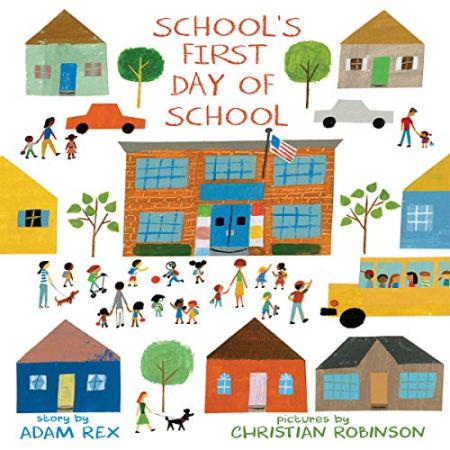
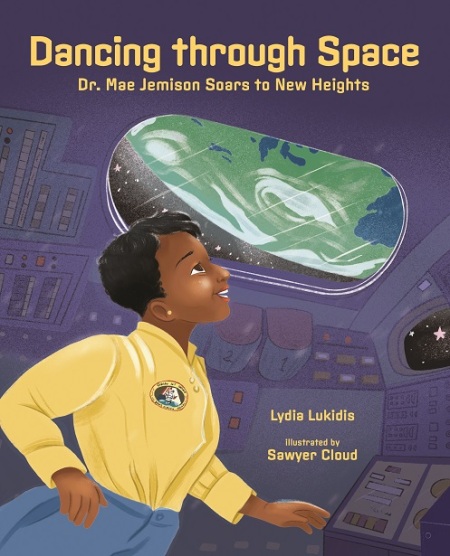
 Chana Stiefel is the award-winning author of more than 30 books for children. Her picture book, THE TOWER OF LIFE: How Yaffa Eliach Rebuilt Her Town in Stories and Photographs (Scholastic), has won many honors, including the 2023 Sydney Taylor Book Award, a Robert F. Sibert Honor, the Margaret Wise Brown Prize, and the Malka Penn Award for Human Rights in Children’s Literature. Chana’s other nonfiction titles include LET LIBERTY RISE: How America’s Schoolchildren Helped Save the Statue of Liberty (Scholastic) and the upcoming LET’S FLY (10-15-24, Dial/PRH) co-written with Barrington Irving, who broke the record as the youngest person and first Black man to fly solo around the world. Chana is a member of 12 x 12 and PBSpree 2024. Learn more at
Chana Stiefel is the award-winning author of more than 30 books for children. Her picture book, THE TOWER OF LIFE: How Yaffa Eliach Rebuilt Her Town in Stories and Photographs (Scholastic), has won many honors, including the 2023 Sydney Taylor Book Award, a Robert F. Sibert Honor, the Margaret Wise Brown Prize, and the Malka Penn Award for Human Rights in Children’s Literature. Chana’s other nonfiction titles include LET LIBERTY RISE: How America’s Schoolchildren Helped Save the Statue of Liberty (Scholastic) and the upcoming LET’S FLY (10-15-24, Dial/PRH) co-written with Barrington Irving, who broke the record as the youngest person and first Black man to fly solo around the world. Chana is a member of 12 x 12 and PBSpree 2024. Learn more at 



 Bridgitte Rodguez currently lives in New York City by way of Los Angeles, Washington, DC, Santa Cruz, San Diego and Puerto Rico. When she’s not rearranging her apartment for the thousandth time, she writes books for kids of all ages mostly stemming from her personal experiences focusing on nature, family and culture. You can find her at
Bridgitte Rodguez currently lives in New York City by way of Los Angeles, Washington, DC, Santa Cruz, San Diego and Puerto Rico. When she’s not rearranging her apartment for the thousandth time, she writes books for kids of all ages mostly stemming from her personal experiences focusing on nature, family and culture. You can find her at 












